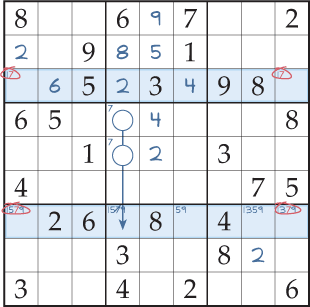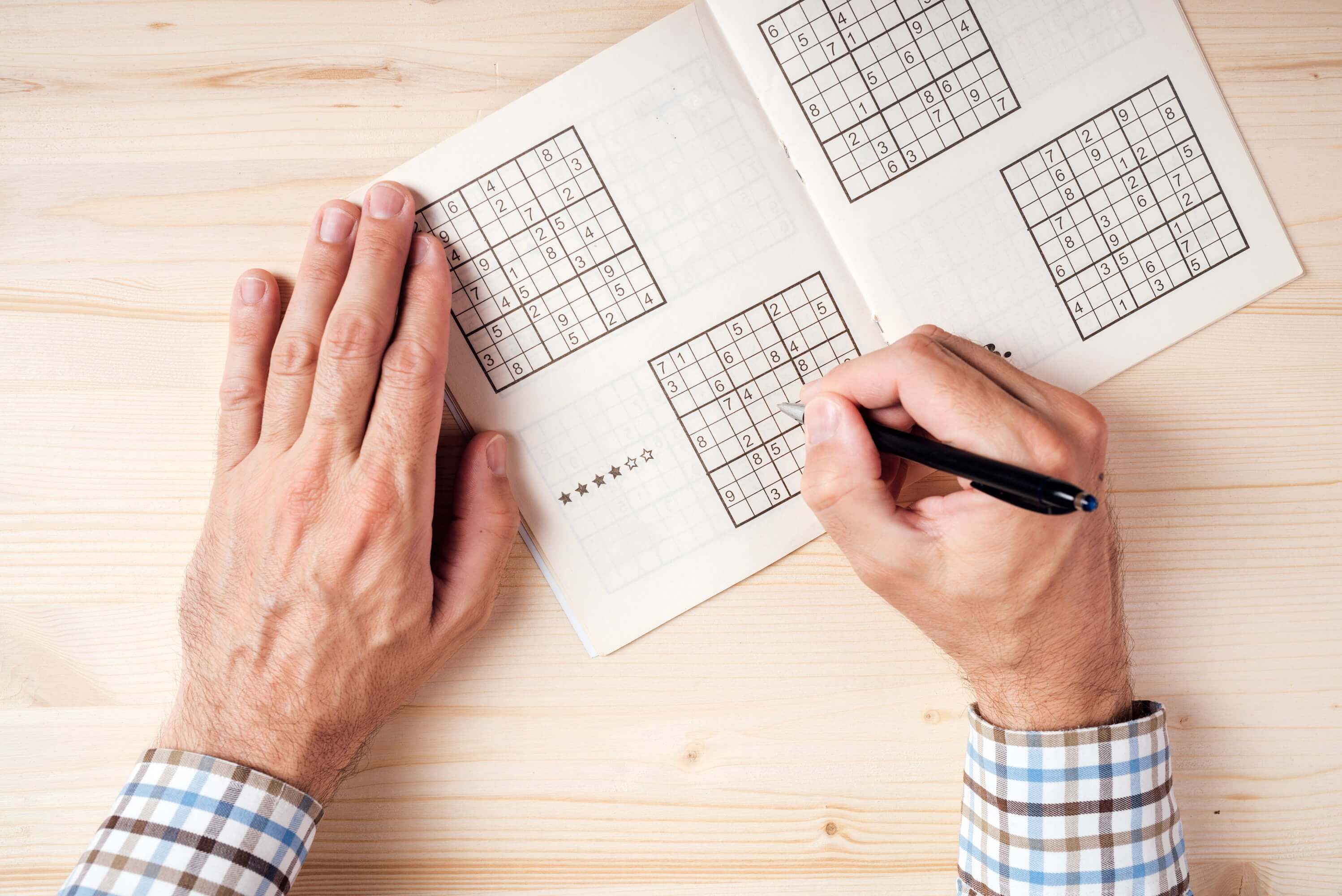
Each column should have numbers 1-9, no repeats.Each row should have numbers 1-9, no repeats.Solve our online jigsaw puzzle: Play now. advises using the process of elimination, or deductive reasoning. The only hard and fast rule is not to repeat numbers. Outside of that, there is no straightforward "how to play" sudoku guide. The fewer numbers already filled in the more difficult it will be. Most sudoku puzzles come with a few of the boxes already filled in, so you can use those freebie clues as a jumping off point for solving and work backwards.
#Strategies for solving sudoku trial
If you’re a beginner, a lot of sudoku puzzling is trial and error (so start with a pencil, not a pen.) Sound like a jumble of words? Here is an example of solved sudoku as a visual aid. Every row, column and box must contain the numbers one through nine, no repeats.

Sudoku is defined by Merriam-Webster as a 9-by-9 grid puzzle in which the grid is divided into 3-by-3 boxes. Play the crossword while you're at it: USA Today online crossword What is sudoku? How do you play sudoku? What are the rules? We unpack the puzzle for beginners below, and give a little context on brain benefits, and name origin. The small grid, found often next to a word scramble or comic strip in a print newspaper, demands focus and big picture thinking. You can find many more puzzles on the internet, in a whole range of difficulty levels.Daily puzzlers would be quick to tell you that sudoku, Wordle’s mathematical cousin, is not as easy as it looks. If you reach a contradiction (a repeated digit in a row, column, or block), you should retrace your steps and undo what you've done until you have no contradiction.Įxercise: Here is a Sudoku puzzle for you to try: Continue playing, using the strategies above and any other ones you discover. If no entries are forced, try to pick a box with the fewest number of possibilities and pick one of them.

Similarly, a triple of cells having only three possibilities of entries between them will eliminate these entries in all other cells in a neighborhood of this triple. This will decrease the number of possibilities for the other cells in the neighborhood and help you get closer to a solution. What you can still gain from this observation is that those pair of numbers cannot occur anywhere else in the neighborhood. You might find that a pair of cells has only two options of entries, but don't know which goes where. One more complicated strategy is to look at pairs or triples of cells within a row, column, or block. You often need more complicated analysis methods to make progress, and sometimes you need to make a guess and proceed, backtracking if the guess results in a conflict. These two strategies are usually not enough to completely fill in a Sudoku grid. Once you've done this, the chosen number can be eliminated from being a possibility for any other cell in the neighborhood. If the digit can only be placed in one cell in the neighborhood, you should fill that cell in. Note all the cells in the row, column, or block in which the number can be placed without violating the One Rule. If a cell ends up having only one possible entry, it is a "forced" entry that you should fill in.Īnother way to proceed is to pick a number and a row, column, or block.

The most basic strategy to solve a Sudoku puzzle is to first write down, in each empty cell, all possible entries that will not contradict the One Rule with respect to the given cells.

In fact, mathematical thinking in the form of logical deduction is very useful in solving Sudokus. Any nine symbols would serve just as well to create and solve the puzzles. The puzzle does not depend on the fact that the nine placeholders used are the digits from 1 to 9. When one hears that no math is required to solve Sudoku, what is really meant is that no arithmetic is required.


 0 kommentar(er)
0 kommentar(er)
